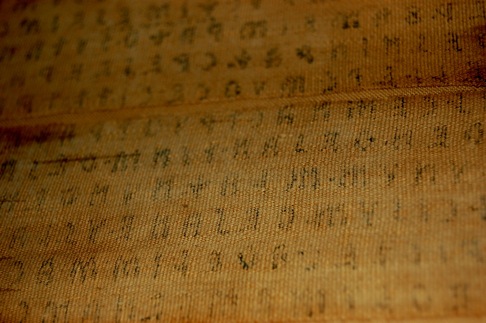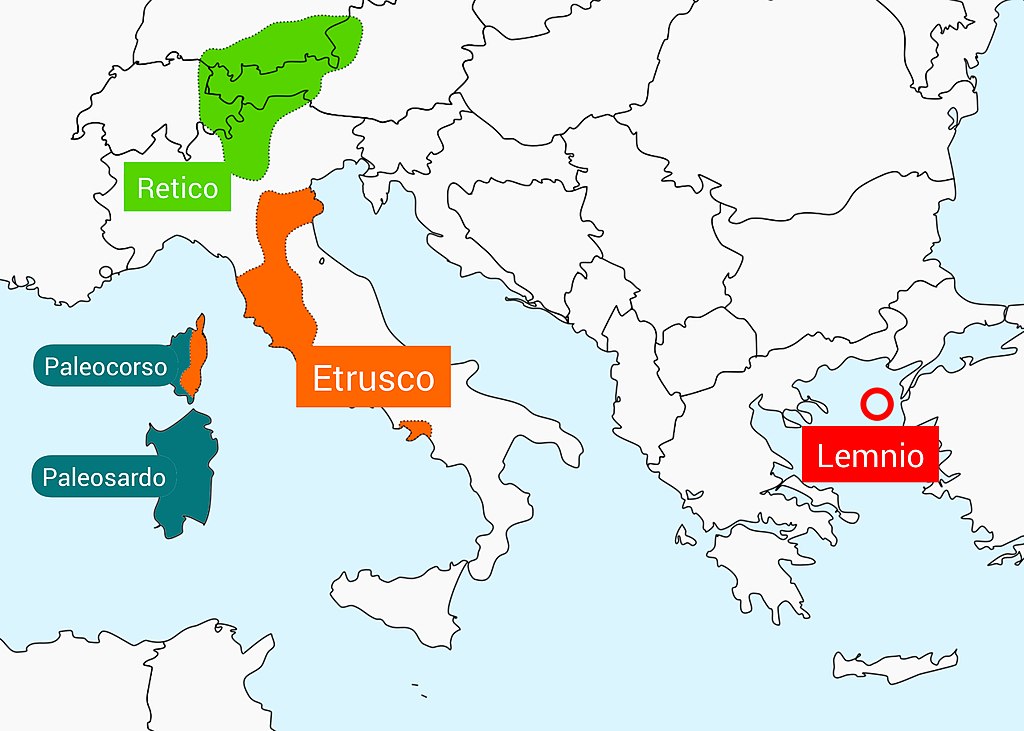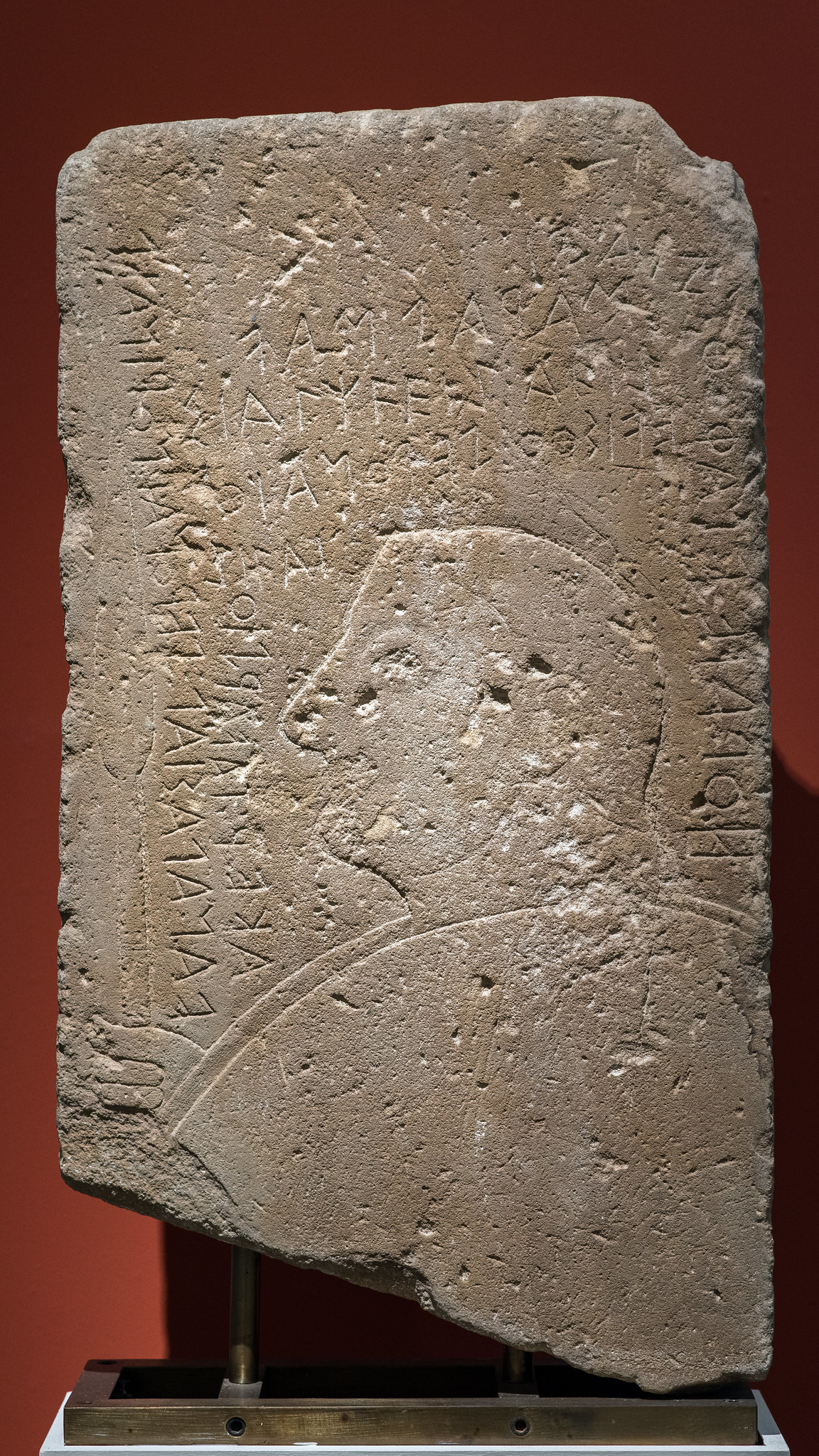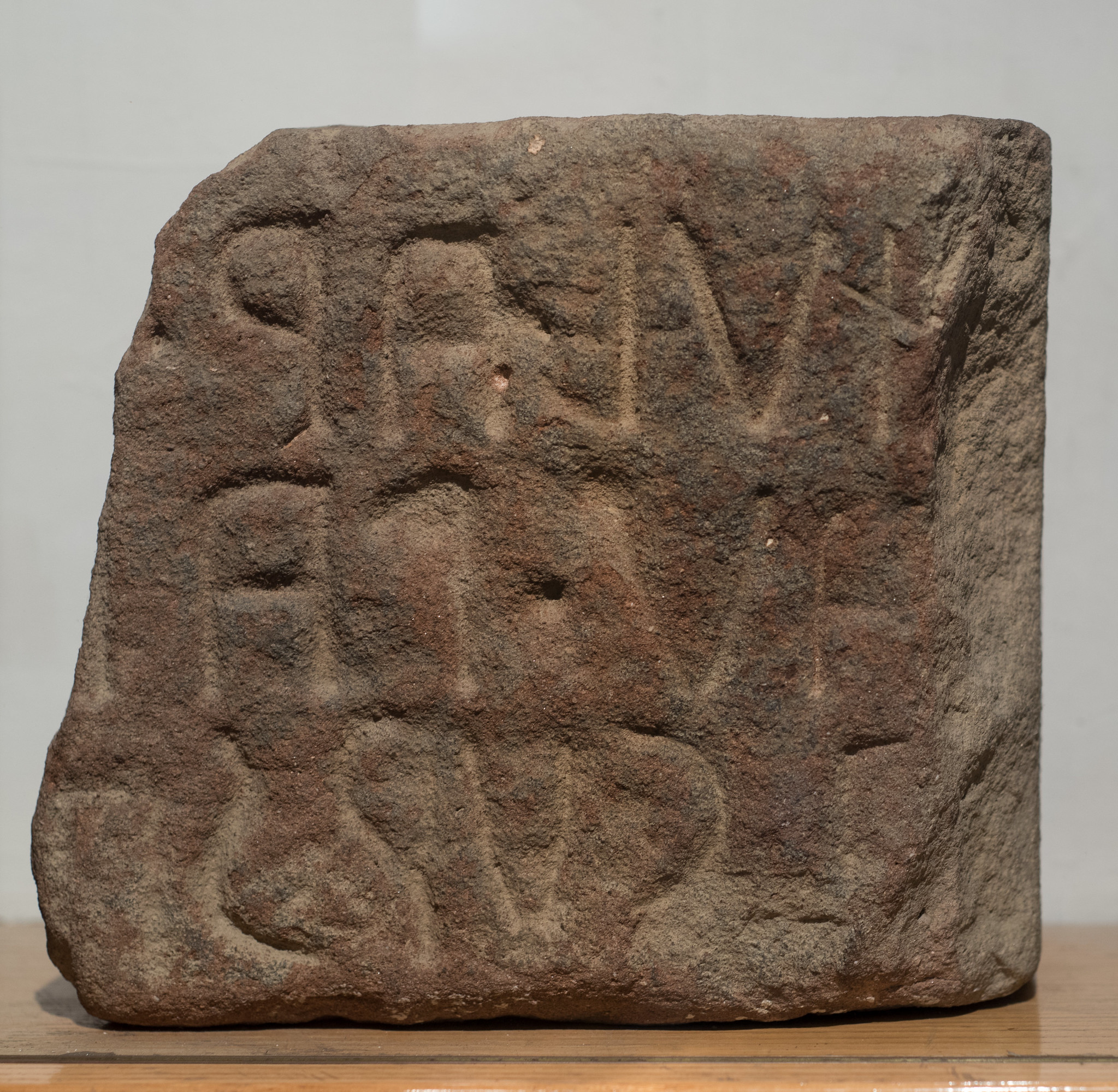
The ancient language of Lemnian, which was spoken on the Greek island of Lemnos in the first millennium BC, was very closely connected with the Etruscan language, as uncovered inscriptions have found.
There have been sixteen inscription remnants found that display Lemnian, a now-extinct language thought to have some relation to the Raetic language of the Alps and the Etruscan language of northern, central, and southwestern Italy, which all formed part of the Tyrrhenian language group.

The Tyrrhenian language group is generally considered to be formed of Paleo-European and non-Indo-European languages.
The Lemnos Stele
In use on the island of Lemnos in ancient Greece in the latter half of the 6th century BC, Lemnian first came to be known by the inscription on a funerary stone called the Lemnos Stele, which was discovered in 1884 embedded in a church near Kaminia, a village in the north of Lemnos.
The funerary stone is considered to be the most significant Lemnian artifact discovered to date because its decoding has helped later scholars in their translations of the Etruscan language, which still presents some challenges.
The stele displays seven rows of letters on its front with an additional three rows of letters on its right side, and, although most of the inscription cannot be understood, there are a couple of passages which match phrases found on the funerary artifacts of the Etruscans.

In fact, one researcher who translated the intelligible parts of the Lemnian Stele wrote, “Although the inscriptions cannot be translated in their entirety, several phrases are intelligible, all of which point to funerary texts in honor of a Greek named Holaie Phokias.”
Holaie died at the age of forty and held an official position known as maras, according to the researcher. However, it has been argued that because of the baldness of the deceased man etched onto the stele, he may have been much older than forty when he died.
Lemnian is preserved on a total of sixteen inscriptions with most of them just a single word painted onto ceramic vessels. The inscriptions of the Lemnian language were written in an alphabet which had its origins in Phyrgia (a Kingdom in the west central part of Anatolia). However, a handful of letters—theta, phi, and khi—were borrowed from Greek.
Words in the Lemnian inscriptions were separated by colons and tri-colons with the writing being read from left to right and some lines in longer inscriptions written in boustrophedon style (right to left).
The Genetic Association Between Lemnian and Etruscan
One inscription, found by the Italian Archaeological School of Athens in the 1990s at the site of Efestia, uncovered a stone altar base. The front portion of the artifact was incised with four words arranged in two lines or right-to-left writing.
The four words were “heloke,” “hektaonosi,” “soroms,” and “aslas.” Researchers have deduced the meaning of the Lemnian verb “heloke” by comparing it to the Etruscan word “helu,” meaning “constructed.”
Hektaonosi is believed to be the beneficiary for whom the altar base was created, while the meaning of the remaining two words is uncertain. Researchers posit that they may represent the names of the two people who donated the monument.

Among scholars, the Lemnian language surfaces during discussions on the origins of the Etruscans. There is a theory that the ancestors of the Etruscans arrived in Italy from the northern Aegean, possibly somewhere around the Black Sea in the latter half of the second millennium.
The discovery of Lemnian—linguistically related to Etruscan—in this geographical region is often used as evidence to support this theory and is, to some extent, in line with the writings of the ancient Greek historian Herodotus, who said the Etruscans were descendants of the Lydians, the inhabitants of Anatolia.
Nonetheless, there is no archaeological evidence to support the theory that prehistoric speakers of Etruscan made their way from the Northern Aegean. Moreover, the linguistic evidence, although pointing to a close relation between Lemnian and Etruscan, does not answer the question of origins, which is further muddied by the addition of Raetic to this family of languages.
See all the latest news from Greece and the world at Greekreporter.com. Contact our newsroom to report an update or send your story, photos and videos. Follow GR on Google News and subscribe here to our daily email!



